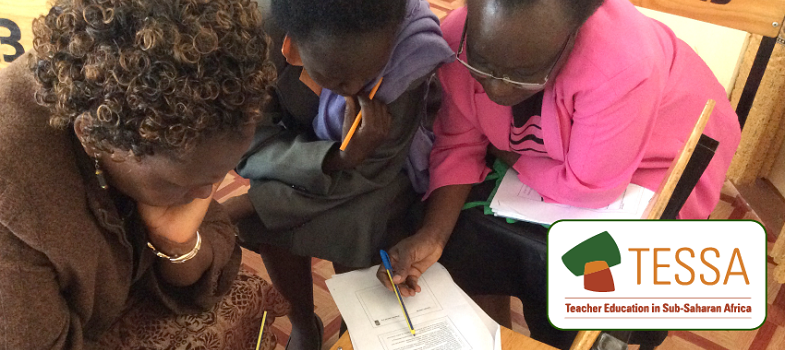1. Creating a stimulating learning environment
Creativity is about the ability to think, not just recall, but to apply, suggest, extend and model and create analogy. You can encourage your students to be creative by setting them open-ended tasks and giving them choices about how they present their work. For example, students who are particularly talented in the humanity subjects and who enjoy writing might like to write about science in the form of a newspaper article or a poem. That would not suit everyone, so that is why giving students a choice can be very helpful. As a teacher, being creative doesn’t necessarily involve dreaming up new and exciting activities – although it can do! Creative teachers can take ideas from these units or from their colleagues and adapt them for use in different contexts.
There are lots of interesting and fascinating facts about the chemical elements that will interest your students. Activity 1 will generate material that you could display in the classroom.
Case study 1: Making the classroom attractive
Mr Sibi had just started work in a large secondary school on the edge of a city slum in Kampala. He had very few resources and his classroom was dark and uninteresting. The biology teacher’s room was much nicer – she had brought in some plants and there were pictures of living creatures on the wall. Mr Sibi racked his brain about how to make his room more inviting for his students. He realised that chemistry is all around us but it is sometimes hard to spot. He went into the city and persuaded some of the smart hotels to give him the magazines they were going to throw away. He thought of aspects of life affected by the work of chemists and collected pictures to illustrate these, which he displayed in his room. He had sections on fertilisers, medicines, cosmetics, cleaning materials and processed foods.
At college he had heard about the ‘Read book project’, www.readinternational.or.tz (see Resource 2) so while he was in the city he visited an internet café and contacted the project by email. A few weeks later, some chemistry textbooks were delivered to his school and he set up a mini-library in the corner of his room. When he started the topic on the periodic table, he decided to get his students to make posters about the elements to add to his display. They worked in groups, using the books to find information. Each group selected an element and found out as much as they could about it. When they were displayed on the wall, Mr Sibi invited the headteacher to come and judge the posters.
Activity 1: Making posters
Students are usually very interested in the chemical elements. In this activity, they work in pairs or threes to do some research to produce a poster about an element of their choice.
Give them a list of the things you want them to include on the poster (Resource 2). If possible you could put a selection of chemistry books from the school library in the room, or borrow some from another school.
They should use the textbook as a starting point. You could give them homework as well and encourage them to collect pictures from magazines or to go to the local library or internet café or to ask people at home who might know something about the elements. They should make their posters as attractive as possible. Encourage them to be creative.
Display the posters on the wall of the classroom and invite the head of science to come and have a look at what your students have done.
Section 4 : Atomic structures, chemical families and the periodic table



